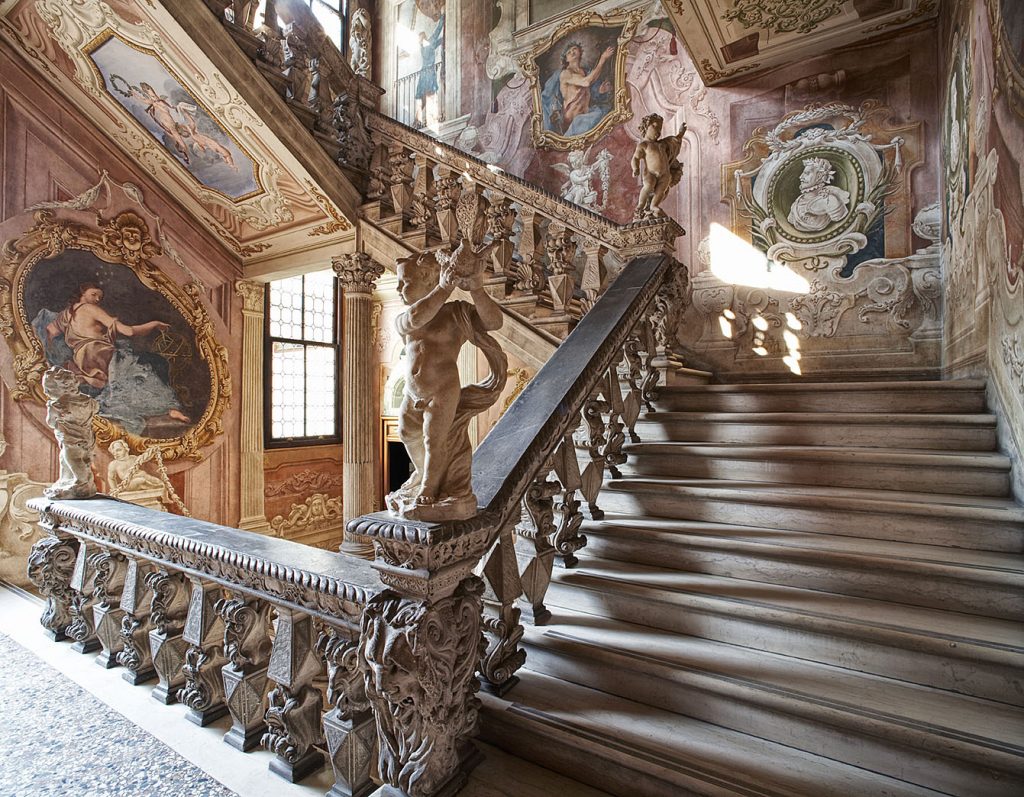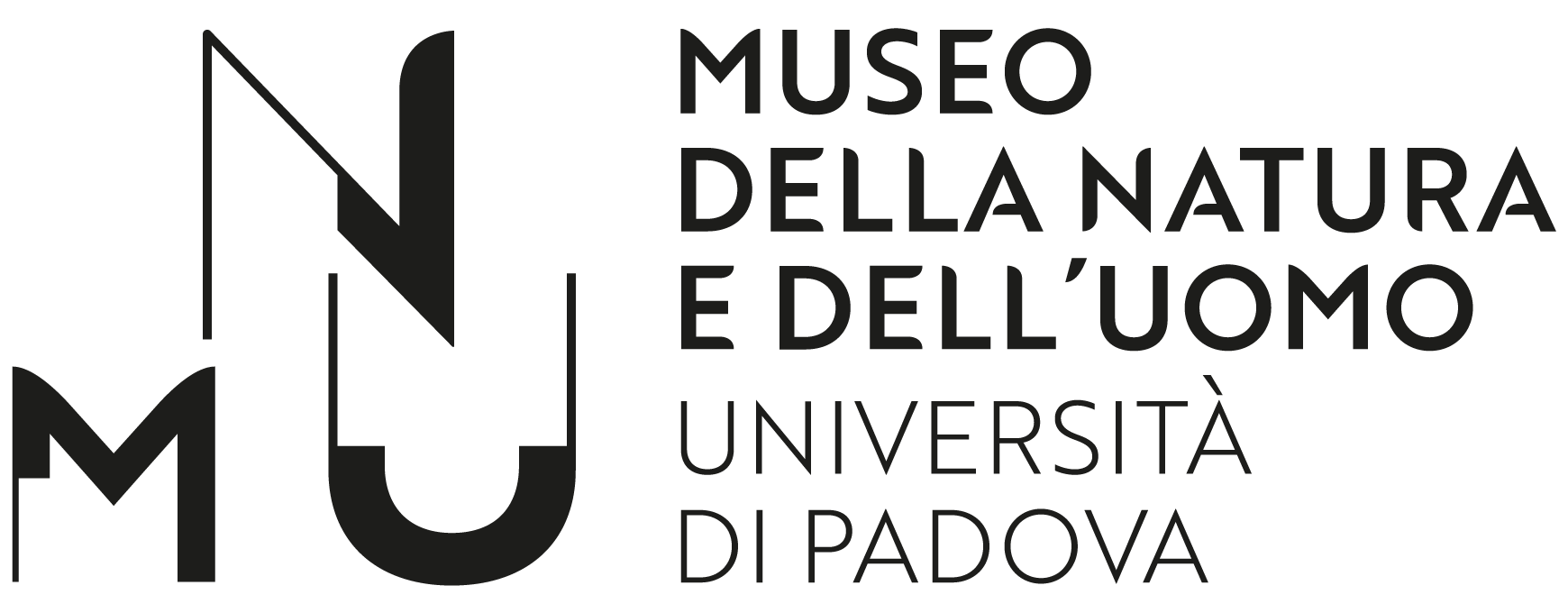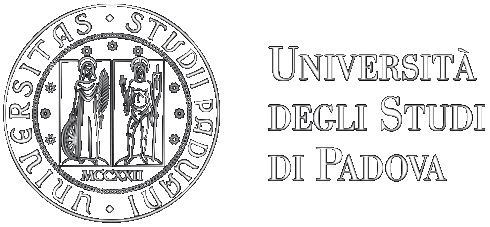Palazzo Cavalli was built in the mid-16th century by the family of the same name, who went on to live there for more than two centuries. It made news just a few years after it was built for the brutal murder of Vittoria Accoramboni.
The rooms in this 16th century structure are well distributed over two floors, where T-shaped “portegos” (central halls) lead into matching side rooms.
The wonderful fresco and stucco decorations, which can still be seen today, date back to the mid-17th century. The profuse decoration in the entrance hall is stunning, featuring a series dedicated to Ovid’s Metamorphoses. The adjacent rooms, on the other hand, each cleverly feature different subjects and styles, where the fresco painter from Padua, Michele Primon, depicted episodes inspired by ancient history, in addition to the enthralling series of hunting scenes in the former dining room.
The incredible monumental staircase, made by skilled workers from Bologna, represents a spiritual ascent up to the piano nobile, accompanied by the Muses. You then reach the large reception room overlooked by the master bedrooms, which was skilfully frescoed by the French painter Louis Dorigny: the large frames feature mythological characters and the upper, monochrome frieze shows a triumph of cherubs.


The original ceiling was irretrievably lost and replaced with an allegory of the triumph of science at the end of the 19th century, when the building, already state-owned, began to be used as the headquarters for the “Regia Scuola di Applicazione” (“Royal Technical School”) for Engineers. Since 1932, Palazzo Cavalli has been home to the collections and the Institute of Geology, which moved here in 2010. Host of the University’s Museum of Nature and Mankind.


